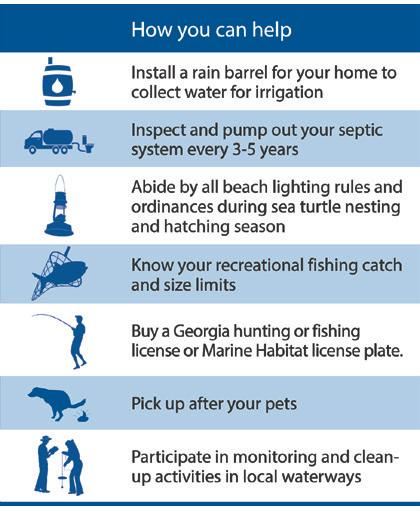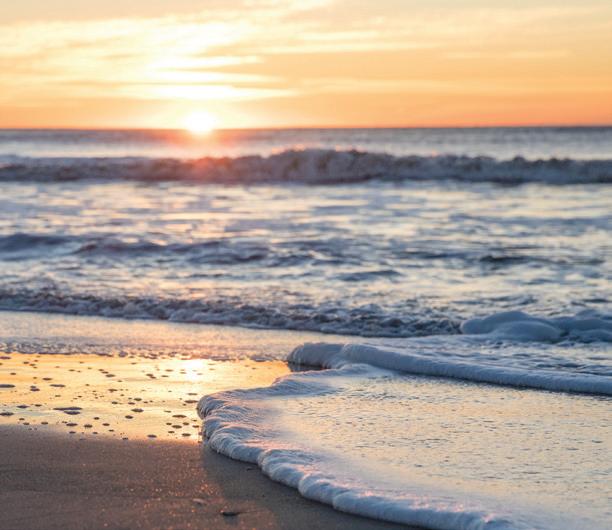
3 minute read
Coastal Ecosystem Report Card
Coastal Georgia Ecosystem2018 Report Card
Photo by B. Galland
Advertisement
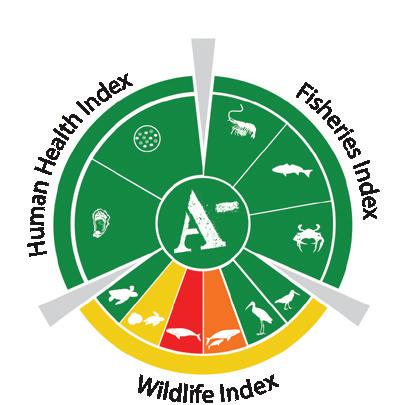
≥80-100% good ≥60-<80% moderately good ≥40-<60% moderate ≥20-<40% poor 0-<20% very poor
Human Health Index
93%, an A
Overall, human health indicators are good, meaning it is generally safe to swim and eat local shellfish. Data on fish consumption advisories were insufficient for use in the report this year.
Fisheries Index
93%, an A
Overall, fisheries indicators are good, which means that sustainable fishing practices are used and the coastal environment is able to support most commercial and recreational species.
Wildlife Index
57%, a C+
Overall, wildlife indicators are moderate. Woodstork and sea turtle populations are being maintained, while American oystercatcher populations had their best year on record. Right whale population and calving continued to decline with no new calves reported.
highlights
Water quality & dissolved oxygen
Dissolved oxygen (DO) is one important indicator used to quantify the health of a water body. Low DO is often a sign of degraded water quality. However, some areas in coastal Georgia, especially upriver blackwater creeks and coastal estuaries not fed by freshwater rivers, naturally experience low DO in warmer months without the expected negative effects of algal bloom, fish die-offs, and reduced species diversity observed elsewhere.
Preliminary analysis of DO data from 2018 was conducted for this report card using thresholds established by the EPA's National Coastal Condition Assessment. Coastal Georgia's overall DO score is an 84%, or an A-.
Dissolved Oxygen Trend
2014 2015 2016 2017 2018
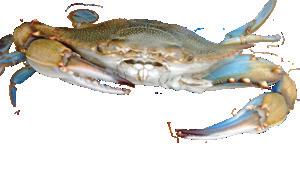
81% 85% 83% 85% 84%
Fishers & Blue Crab
Georgia's fisheries indicators represent three recreationally and commercially important species. Overall the Fisheries Index Score in 2018 was 92%, which was 3% below the 2017 score.
The drop was attributable to the decrease in abundance associated with juvenile (age 1) red drum (91%; a decrease of 9% from 2017). Although Georgia encountered extreme cold weather during January 2018, it is not clear if this could have impacted red drum abundance.
Blue crab abundance was well above average with a score of 100% for 2018. In spite of the cold weather that lead to closing federal waters off Georgia to commercial shrimping, shrimp abundance remained stable with a score of 84%.

Oystercatchers
Despite suffering the ongoing degradation of habitat from two hurricanes, American oystercatchers had a record year in 2018. This is in part because extreme flooding associated with Hurricane Irma in 2017 removed about 40% of predators, including raccoons, from small marsh islands and hammocks, minimizing nest loss to predators.
Intensive predator management on several islands also improved productivity on those important nesting sites. Very few chicks were produced on offshore bars due to flooding caused by storm erosion. Photo by Tim Keyes, GADNR/WRD
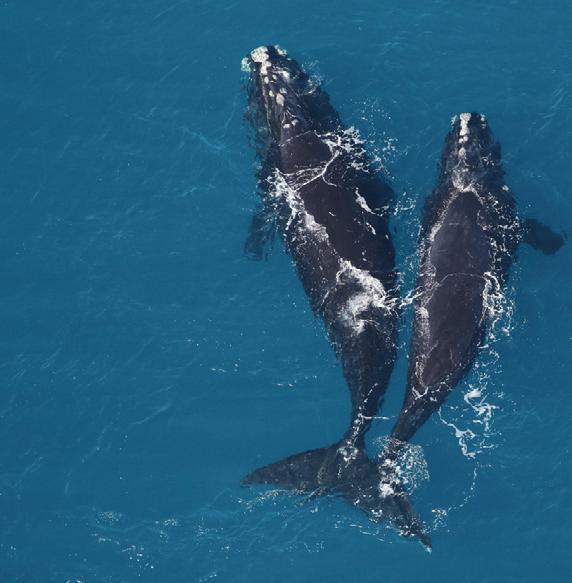
North Atlantic Right Whales
An adult North Atlantic right whale socializes with a smaller juvenile whale, 30 miles east of Jekyll Island on February 15, 2018. No calves were spotted during 2018, a first for the species since calving surveys began in Georgia in the mid-1980s.
Photo by Sea to Share Alliance, taken under NOAA permit #20556 2014
92%
82%
100%
83%
22%
46%
67%
57%
66%
77%
100%
2015
92%
2016
92%
2017
90%
2018
95%
91% 94% 97% 98%
100% 97% 84% 84%
69%
62% 100% 100% 100%
47% 100% 100%
61%
70%
57%
66% 30%
62% 19%
84% 86%
81%
49% 45% 30%
*12% *12% *0%
68% 64% 46% 43%
100% 100% 100% 100%
* North Atlantic right whale photo-identification data are collected by nurmerous organizations in the U.S. and Canada and analyzed annually by scientists at the National Marine Fisheries Service (NMFS). In 2016, NMFS changed the survey methodology to better estimate survival rates and population size, which changed the grading scale.
involvement
